10 Valuable Antique Maps That Chart Big Prices at Auction
For many, antique musical instruments are treasures that tell stories of past eras. They offer a unique blend of craftsmanship, history, and beauty. Over time, these instruments have increased in value, especially when tied to famous musicians or significant musical movements. If you are curious about which instruments continue to make waves in the market, this article will provide insight. You may find yourself drawn to the allure of these timeless pieces.
This post may contain affiliate links, which helps keep this content free. Please read our disclosure for more info.
The Ptolemy World Map
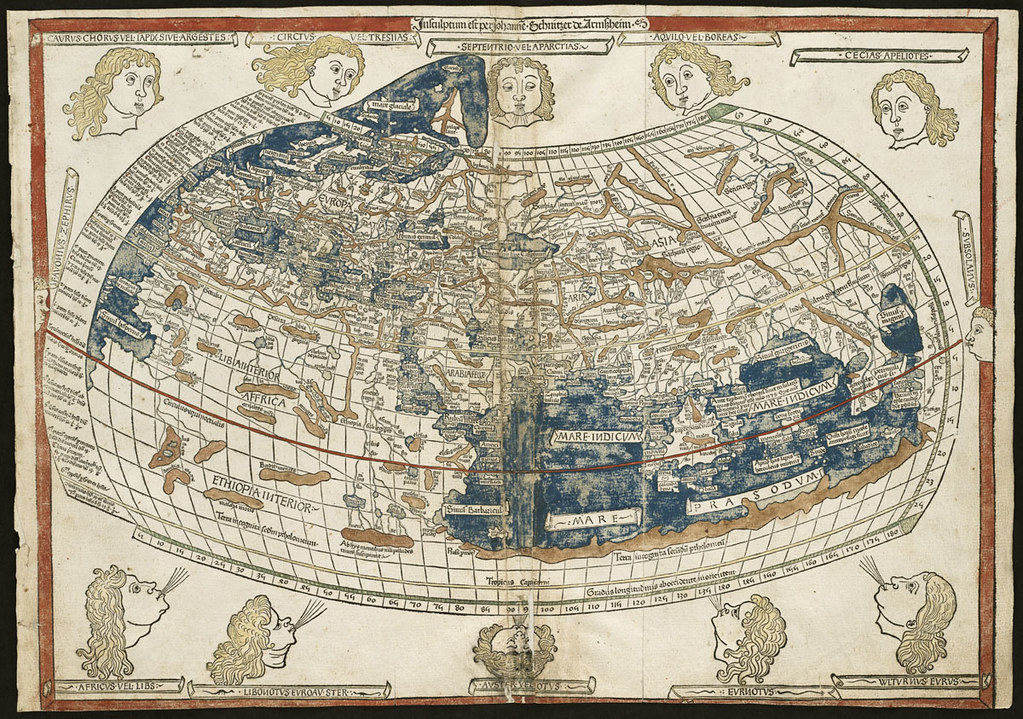
The Ptolemy World Map is one of the earliest examples of a map based on the work of the ancient Greek scholar Claudius Ptolemy. It is famous for its detailed depiction of the world as understood in ancient times, though it is far from complete by modern standards. This map has been sought after by collectors for its historical significance and the accuracy of its projections, especially considering the technology of the era. The Ptolemy map has been sold for millions at auction, with high-grade copies fetching up to $4 million.
Despite its age and somewhat primitive cartography, the map remains a prized artifact of early geographical understanding. The unique blend of art and science makes it a treasure for those interested in the development of mapmaking. Its historical value continues to draw attention, and many of the surviving copies are carefully preserved in museums and private collections. The map’s connection to ancient Greek scholarship has made it one of the most significant finds in the world of antique cartography.
The Mappa Mundi (1300s)
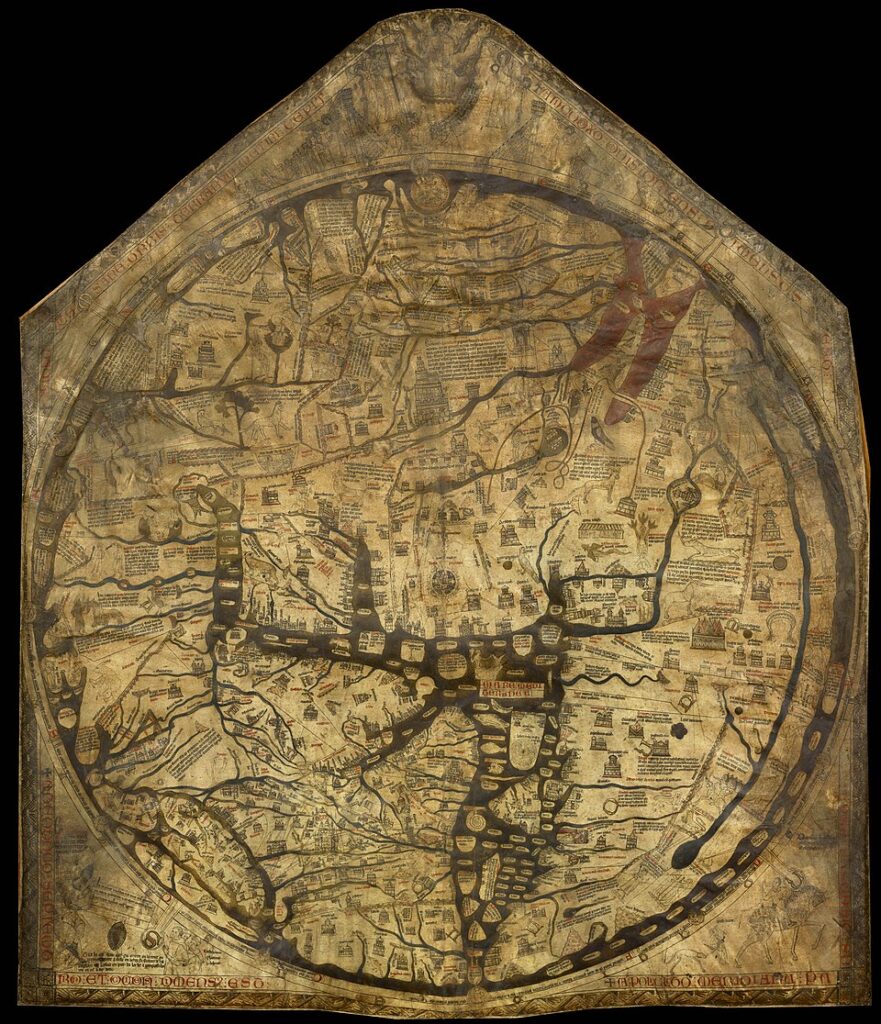
The Mappa Mundi, created in the 14th century, is one of the largest and most detailed medieval world maps still in existence. It reflects the medieval understanding of the world, with Europe, Asia, and Africa prominently featured, though much of the Americas and the Pacific are missing. The map was often used in religious contexts, representing the known world alongside biblical references. The Mappa Mundi has been sold for upwards of $3.5 million due to its historical and cultural significance.
What makes this map so valuable is its intricate design and the insight it provides into medieval life and religious beliefs. It is often described as a symbolic representation of the world, filled with vivid illustrations of cities, animals, and mythical creatures. Its rarity and the effort involved in its creation have made it a centerpiece for map collectors.
The Waldseemüller Map (1507)
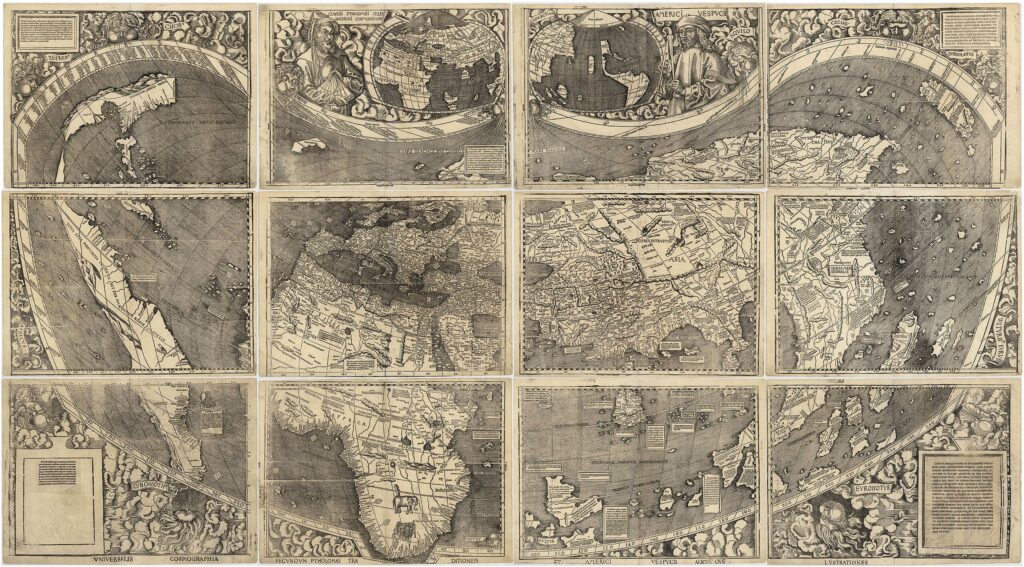
The Waldseemüller Map is famous for being the first map to name “America,” marking the discovery of the New World. Created by German cartographer Martin Waldseemüller, the map was intended to depict the world as it was understood following Columbus’ voyages. Its significance lies in its inclusion of the newly discovered lands, marking a new chapter in the world’s history. In recent auctions, this map has been sold for as much as $10 million, making it one of the most expensive antique maps.
The map’s historical value is immense, not only for its groundbreaking depiction of the Americas but also for its detailed representation of the continents known to Europeans. The name “America” was applied in honor of Amerigo Vespucci, whose voyages had helped clarify the geography of the New World. It has become an iconic piece for collectors of world history and early geography, with its rarity and condition driving its high auction price. The Waldseemüller map remains one of the most revered in the world of cartography.
The Cantino Planisphere (1502)
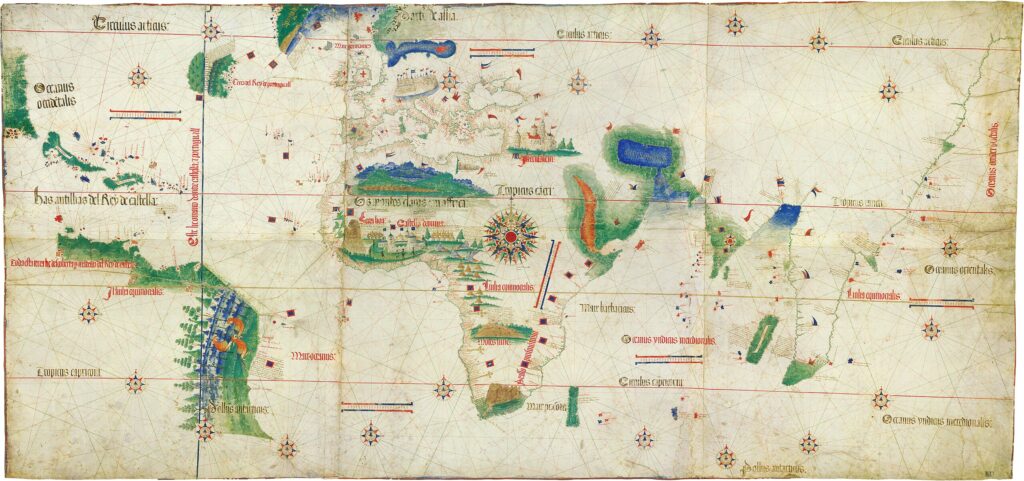
The Cantino Planisphere, created by Portuguese cartographer Alberto Cantino, is one of the earliest surviving maps of the world that accurately depicts the discoveries of Vasco da Gama. It is especially significant for its depiction of the African coast and the newly charted route to India. The map was a secret document used by the Portuguese government to track their maritime explorations and protect their commercial interests. At auction, this map has been sold for as much as $5 million.
What makes the Cantino Planisphere so valuable is its role in the Age of Exploration and its detailed depiction of newly discovered lands. Its intricate artistry and historical context place it among the most prized maps of the 16th century. The map’s rarity, coupled with its importance in the history of global exploration, has made it a key piece in cartographic collections. For collectors, owning a piece of the Cantino Planisphere is like holding a fragment of the exploration that shaped the modern world.
The Piri Reis Map (1513)
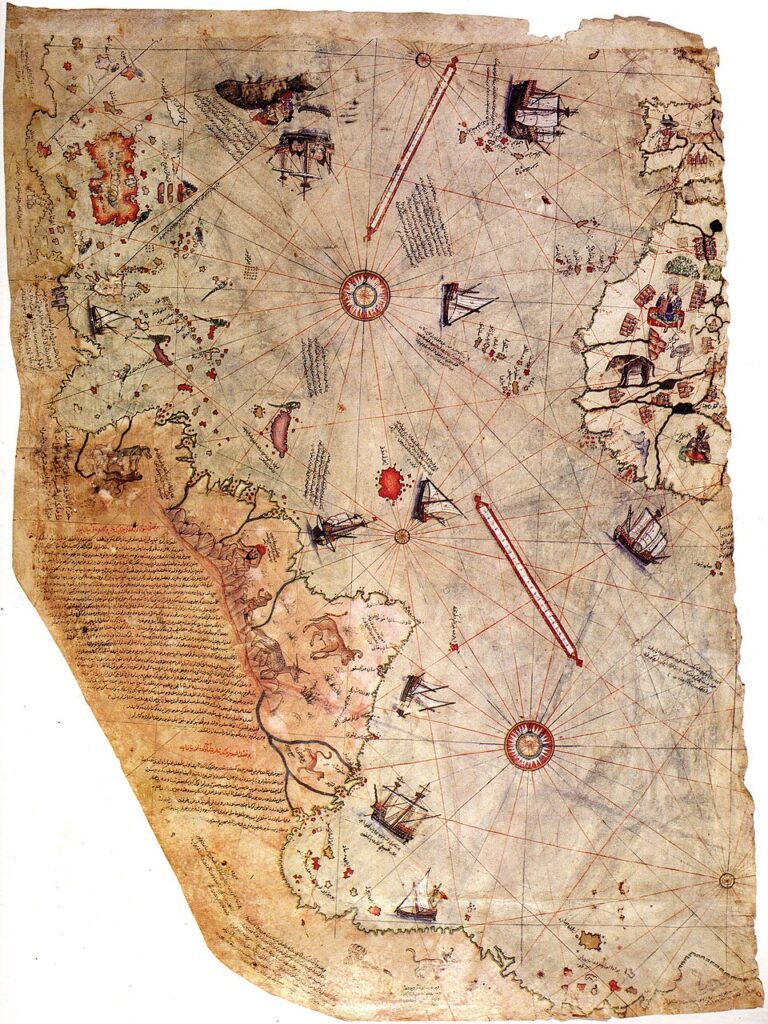
The Piri Reis Map is famous for its incredibly accurate portrayal of the coastlines of South America and parts of the North American continent. Created by the Ottoman admiral and cartographer Piri Reis, the map is based on several earlier sources, some of which are no longer known to exist. What makes this map particularly intriguing is its depiction of Antarctica, centuries before it was officially discovered. The map has reached auction prices around $1.5 million, with its unique features and historical value making it highly desirable to collectors.
This map is a fascinating blend of ancient geography and cutting-edge maritime exploration. Its survival through the centuries, combined with its mysterious origins and the questions it raises about early mapmaking, has cemented its place in history. Collectors prize it not only for its rarity but for the way it challenges traditional views of historical cartography. The Piri Reis Map continues to captivate those who are intrigued by its portrayal of ancient maritime knowledge.
The Nuremberg Chronicle Map (1493)
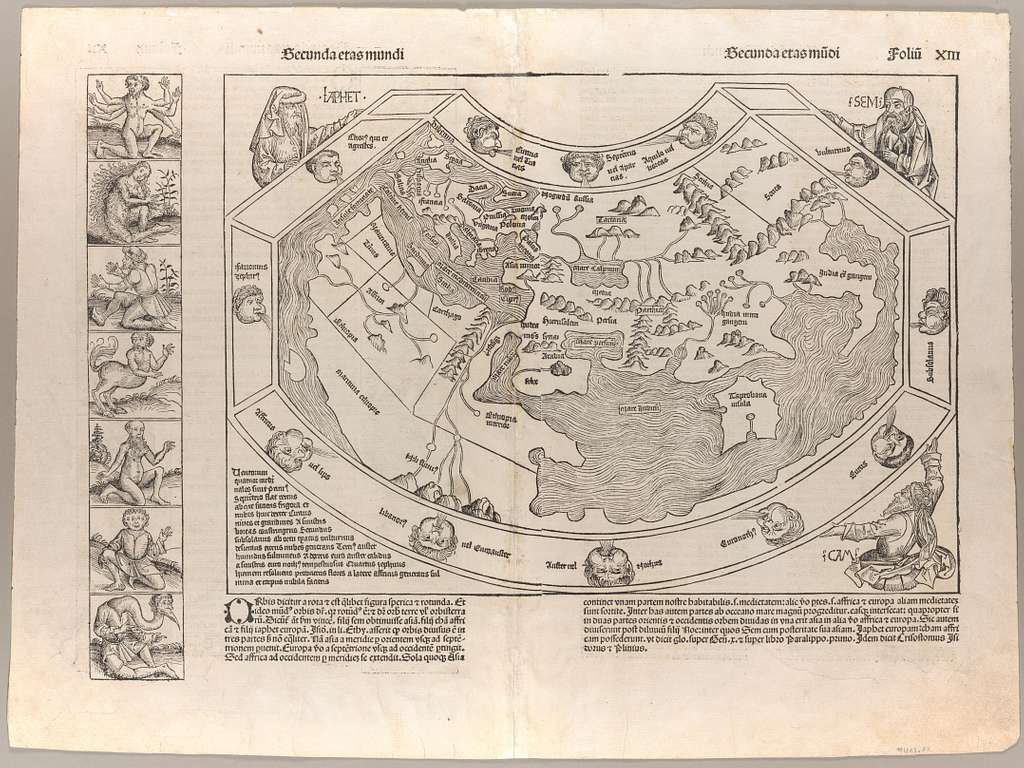
The Nuremberg Chronicle Map is an essential piece of early cartography, published alongside one of the most important books of the 15th century. It is part of the Nuremberg Chronicle, a massive work that included both historical accounts and maps. The map itself is an early attempt at representing the world, focusing on Europe and the Mediterranean. At auction, it has fetched prices upwards of $1 million due to its artistic design and its place in the history of mapmaking.
What makes this map so valuable is the combination of historical importance and its intricate, detailed design. The Nuremberg Chronicle map captures the medieval worldview, showcasing the geographical understanding of the time. Its rarity, given the limited number of surviving copies, makes it highly sought after by collectors. For those interested in the development of early maps and historical books, this item is an essential acquisition.
The Tabula Rogeriana (1154)
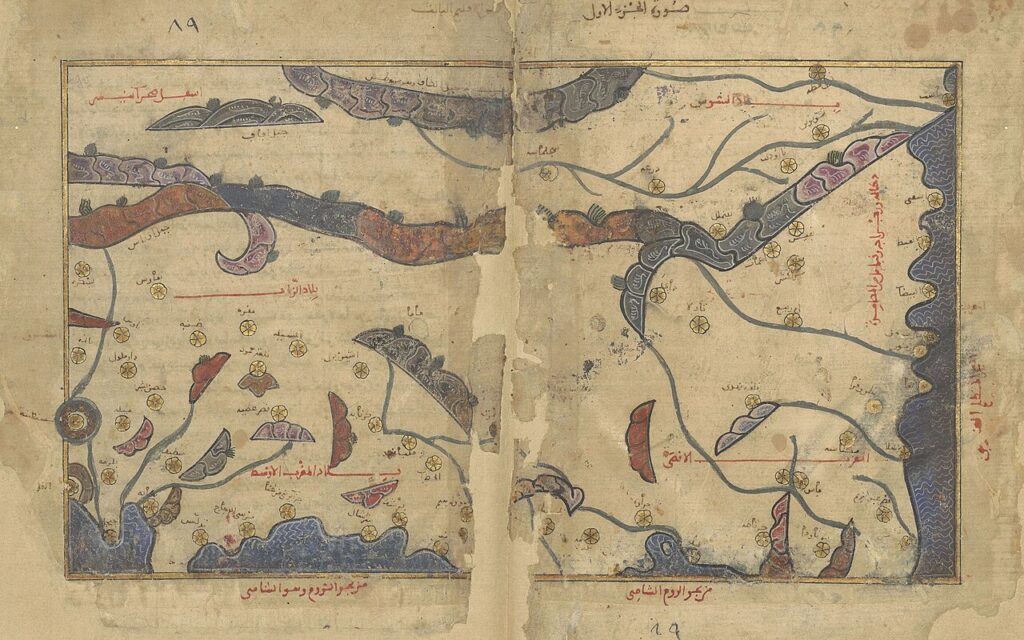
Created by the Arab cartographer Muhammad al-Idrisi, the Tabula Rogeriana is one of the most significant maps from the medieval Islamic world. It offers a detailed view of the known world during the 12th century, with particular attention to Europe, Asia, and North Africa. The map was created for King Roger II of Sicily and is one of the oldest surviving maps of its kind. Its rarity and historical importance have made it a top item at auctions, where it has sold for over $2.2 million.
The Tabula Rogeriana is a landmark in the history of cartography, offering insights into the Islamic world’s understanding of geography. It is especially valuable for its innovative representation of the world, which was groundbreaking for its time. The map’s elegance and the intricacy of its design, along with its limited survival, make it an extraordinary find. Collectors of ancient maps consider it one of the most coveted items in the field.
The Mercator Map (1569)
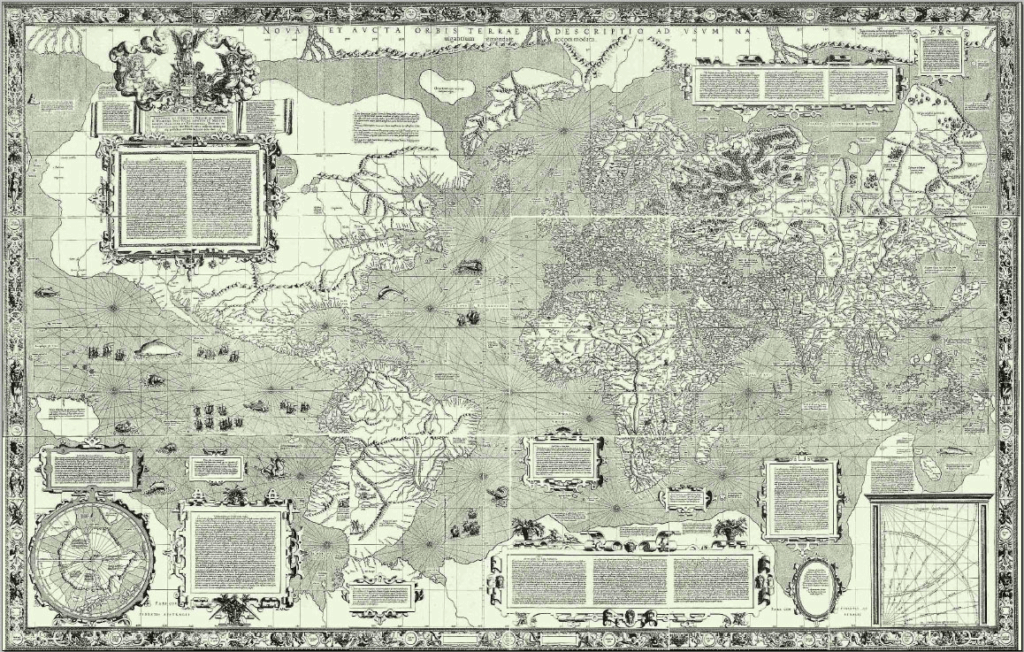
The Mercator Map, created by Gerardus Mercator, is one of the most famous and influential maps in the history of cartography. It introduced the cylindrical projection, a revolutionary method that made it easier to navigate across the globe. This map, which first appeared in 1569, remains a key example of early modern mapmaking. It has been sold for prices exceeding $1 million at auction, particularly for copies in good condition.
What sets the Mercator Map apart is its lasting impact on navigation and its accuracy in depicting the world’s continents. The introduction of the Mercator projection helped shape how we understand maps even today. As a historical document of great importance, it appeals to those interested in the development of geography and navigation. The map is celebrated for its scientific innovation and the legacy of its creator.
The Behaim Globe (1492)
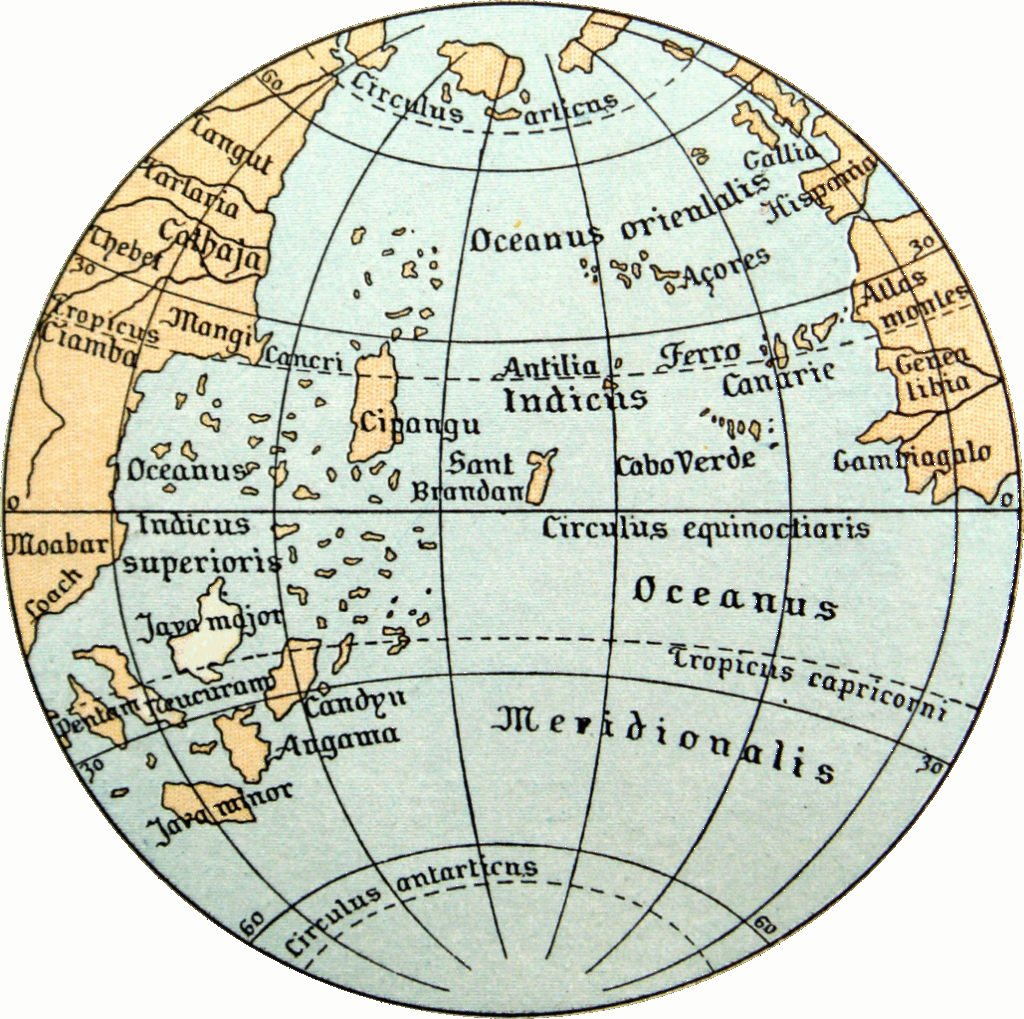
The Behaim Globe, created by German cartographer Martin Waldseemüller, is one of the oldest surviving globes in existence. It was created in 1492, just as the Age of Discovery was beginning, and provides a fascinating look at the world as it was understood at the time. The globe is incredibly rare and offers a glimpse into the early mapping of the world. Its auction price has reached $5 million, making it one of the most expensive antique globes ever sold.
The Behaim Globe is invaluable for its representation of the world before Columbus’ voyages, offering insights into early geographical knowledge. It is known for its accuracy in representing the known world and for the artistic design of the globe itself. Collectors value the Behaim Globe not just for its historical importance but also for the craftsmanship and rarity of the piece. Its place in the history of world exploration and mapmaking makes it a centerpiece for any collection.
The Catalan Atlas (1375)
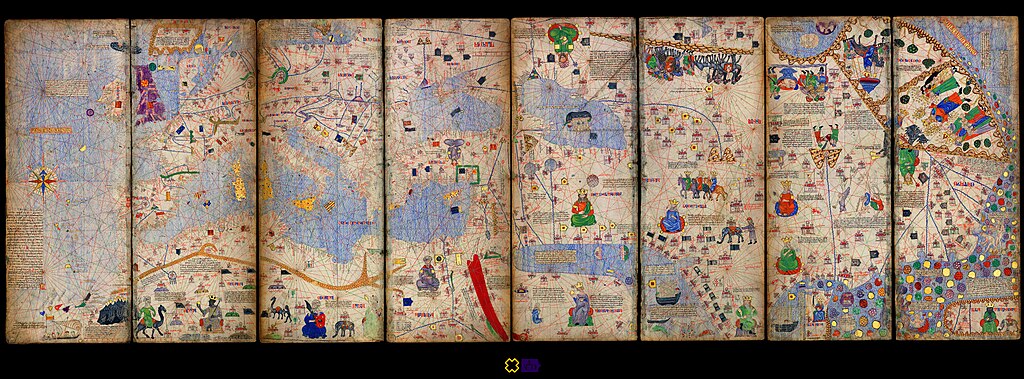
The Catalan Atlas, created by the Jewish cartographer Abraham Cresques in 1375, is one of the most beautiful and intricate maps of the medieval world. It combines geography with artistry, featuring rich colors and detailed illustrations of the known world. The map’s value is enhanced by its age, rarity, and connection to medieval Europe and the Islamic world. At auction, the Catalan Atlas has been sold for prices exceeding $6 million.
What makes the Catalan Atlas so valuable is the fusion of artistic representation and geographic knowledge from the 14th century. The map not only shows Europe but also parts of Asia and Africa, reflecting the global connections of the time. Collectors admire the map for its artistic beauty and the detailed world it represents. It is a key piece for anyone interested in medieval history and the development of early cartography.
This article originally appeared on Avocadu.
